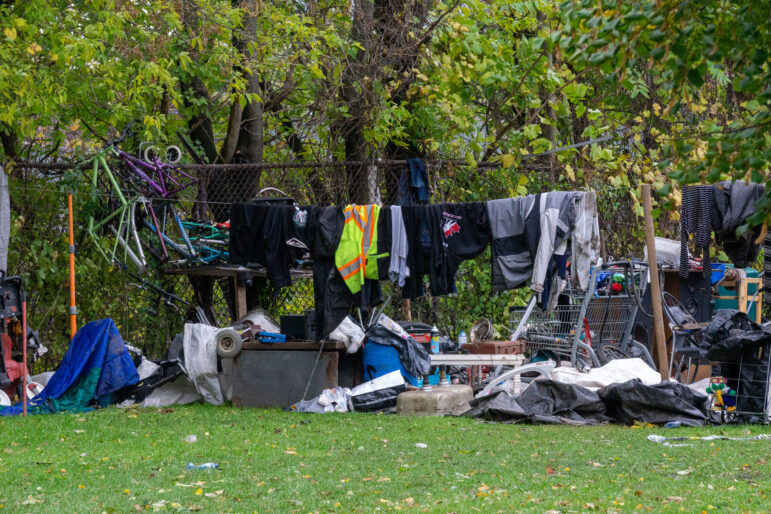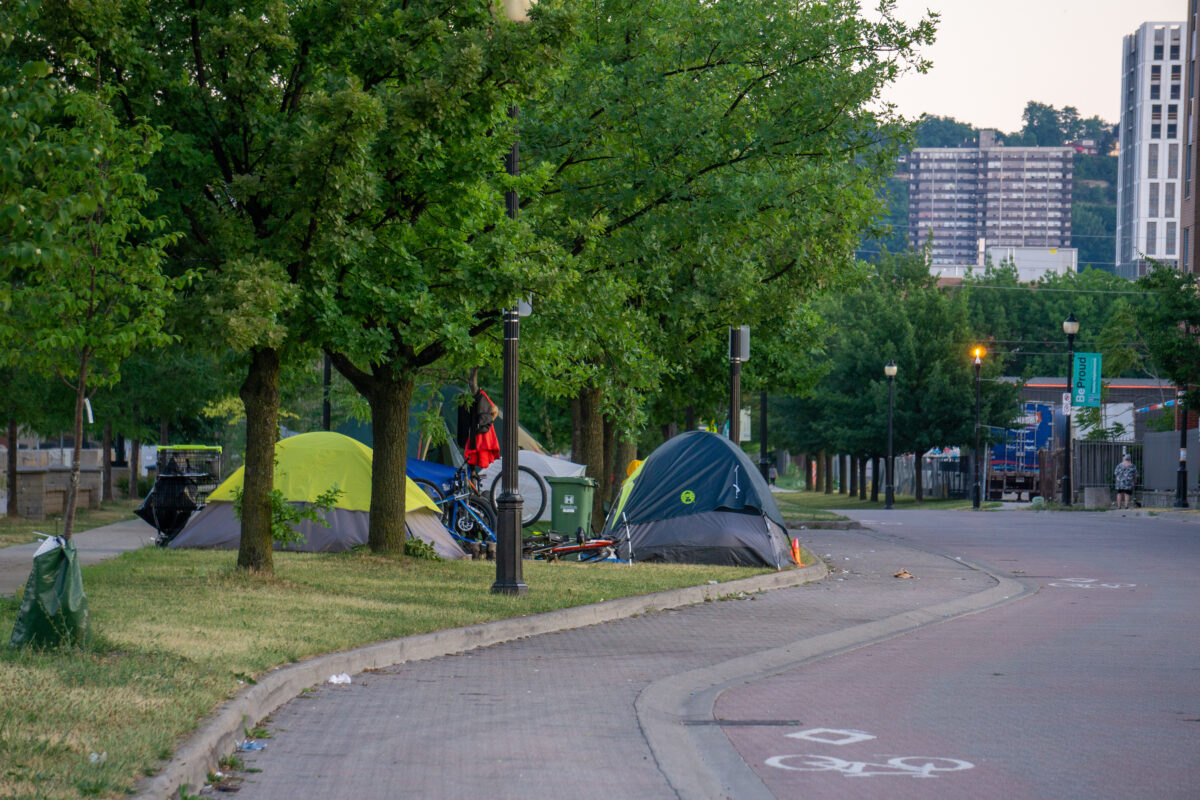This week’s Ontario Superior Court ruling to not grant an injunction to stop homeless encampment removals or evictions in Hamilton is not surprising.
Interlocutory [temporary] injunctions are rarely granted, designed to maintain a status quo, and are very conservative in their construction.
As I summarized in recent weeks, the case law was weighed against an injunction.
What comes next?
The City of Hamilton wants to begin disbanding encampments one resident at a time, avoiding a heavy-handed approach for now. There will be political pressure for immediate and swift enforcement.
Politicians cannot interfere in how law enforcement exercises its discretion.
The Hamilton Police Service will deal with law enforcement matters, such as bicycle “chop shops” within encampments, as law enforcement matters.
The HPS has shown reluctance to apply law enforcement use of force to dismantling encampments.
This is a police service that takes great pride in creating the Social Navigator Program and the [mental health] Crisis Response Teams, which have social workers partnered with police officers.
The Police commander leading the HPS response to encampments came up through the ranks working on crime prevention in the Downtown Core. More on this in a few paragraphs.
Let’s quickly look back on the events of the past three months.
Hamilton City Council declared an emergency on August 9, using the language of the Emergency Management and Civil Protection Act to hold a no-notice closed meeting to end the previous Encampment Protocol negotiated with advocacy groups in 2020 during the early months of COVID.
The Protocol, which nobody was happy about but brought predictability to the issue of encampments, set rules for the size and location of encampments.
Council cancelled the Protocol and expected the Hamilton Police Service to immediately respond on August 31 to assist the City in removing encampments.
Hamilton Police used their discretion and did not break up encampments. This seems to have come as a surprise to City councillors.
Earlier September seems like a long time ago. Society was worried about the fourth wave of COVID. Projections warned it could be the worst wave of the pandemic thus far.
Hamilton Police adopted a cautious approach and did not agree to the City’s requests to break up encampments.
During the Protocol, Hamilton Police responded to maintain the peace while City of Hamilton crews removed encampments or limited their size to the agreed five tents.
Without the constraints of the Protocol, the number and size of encampments grew.
On October 8, the Hamilton Community Legal Clinic filed the legal challenge, and an injunction was issued temporarily blocking the City from enforcing its Parks Bylaw pending this week’s decision.
This brings us to today, and the question: what will Hamilton Police do?
Hamilton Police Inspector Frank Miscione of the Community Mobilization Division is the key decision-maker for how Hamilton Police are responding to encampments.
The Social Navigator program, [mental health] Crisis Response Unit, the ACTION team, Crime Prevention Unit, and the Victim Services Branch are all within this Division.
Homeless and marginalized people are often the victims of crime. They are also witnesses to crimes. They are invisible to society, and criminals often treat them as invisible as well.
Insp. Miscione spent many years as a front-line cop in the Downtown Area. As a Sergeant, he was responsible for preventing and solving crime in most of Ward 2. As a member of the Beasley Neighbourhood Association, I would frequently communicate with then-Sgt. Miscione.
Many crimes were solved because some marginalized people trusted Sgt. Frank [and Sgt Jay Turner], and would share what they witnessed. This trust, and the resulting tips, helped lead to many arrests.
Police exist to prevent crime and solve crimes not prevented. They do exercise the state’s monopoly upon the use of force.
It is the latter role that Hamilton City Council wishes them to exercise.
Chief of Police Frank Bergen is savvy to politics and public perception.
I expect we’ll see police enforcement at encampments with obviously visible displays of illegal activity, such as bicycle chopping. There may be the removal of encampments with fire risks, such as propane tanks or the use of highly flammable ad-hoc building materials.

Other encampments without criminal activity, and residents who have “high” acuity, will be navigated to services over the coming weeks, likely well into December.
Mark December 15 in your calendar. This is when City Council is scheduled to vote on a new homelessness response policy. Ward 9 City Councillor Brad Clark is pushing for an immediate expansion of emergency shelter spaces.
Prior to COVID, there were encampments, and they decreased each year as winter set in.
It will be fire safety which I expect to be a point of contention as encampment residents try to stay warm at night during this transitional time.
Longer-term, I ponder whether society will still treat homelessness as a crisis if it becomes almost invisible again?


Excellent overview!
Thank you for this excellent synopsis.